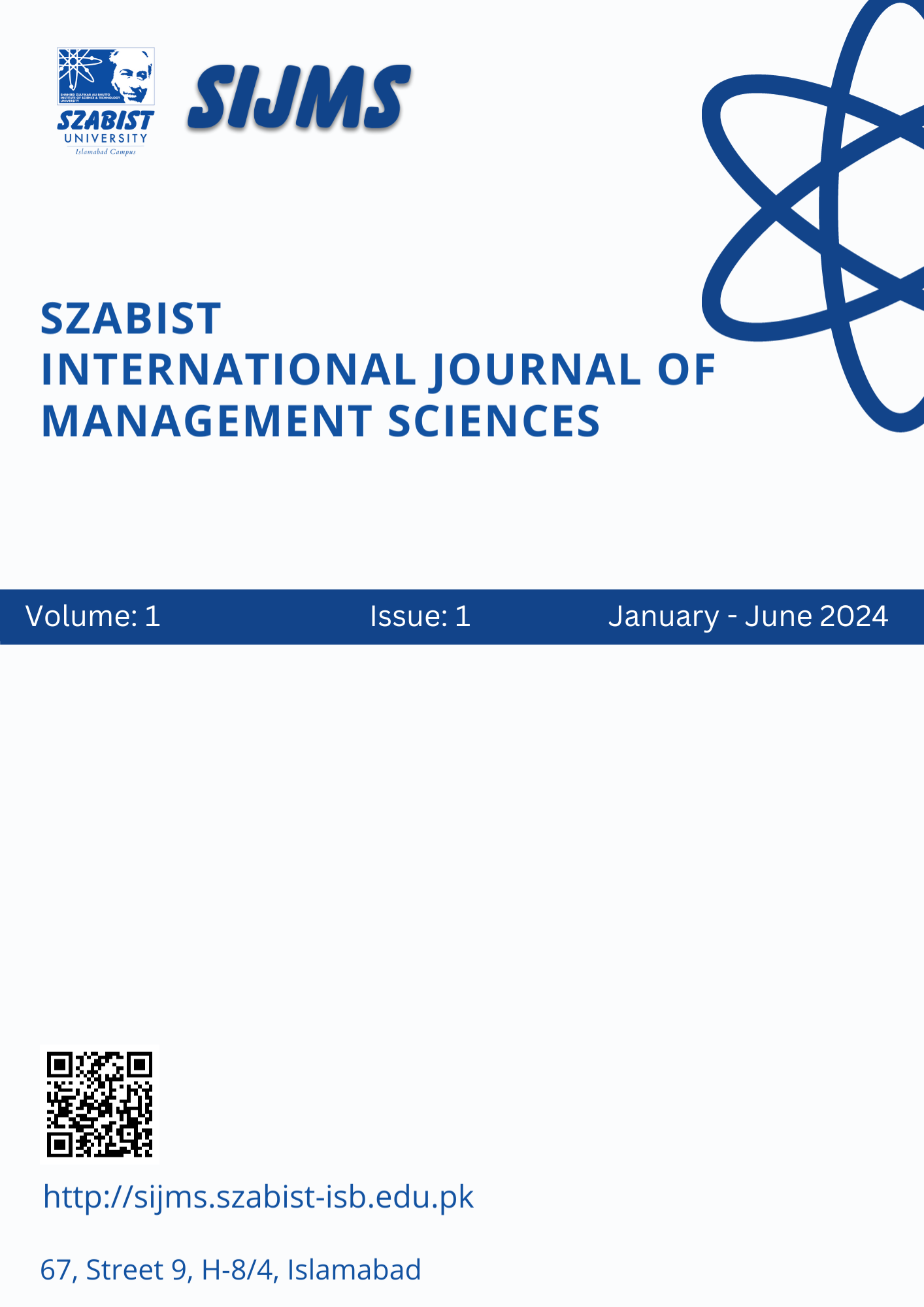Exploring Fertility Transition And Degree Of Preference Implementation In Pakistan: An Econometric Analysis
Keywords:
Observed Fertility, Wanted Fertility, Fertility Preference Implementation index, Fertility Transition, Family planning; PakistanAbstract
Using Bongaart's reformulation of Easterlin's (1985) supply-demand framework on Pakistan Demographic and Health Survey data sets, the study examines various levels, trends, and disparities in fertility preference implementation and its contribution to the observed fertility transition. We initially deduced the trends in women’s fertility preferences and examined the degree to which married couples can implement their preferences. Results show that observed and wanted fertility decreased by 32.84 and 38.30 percent whereas the couple's fertility preference elevated by 37.14 percent. The decomposition procedure shows that the wanted fertility and preference implementation index contributed 1.8 births and 0.197, respectively, to the observed fertility decline. However, preference implementation accorded 11.20 percent infertility changes since 1990. Based on the findings, it is suggested that prevailing family planning programs should be reinforced to narrow the gap between actual and wanted fertility through practical contraceptive tools in Pakistan.
Published
Issue
Section
License
This work is licensed under a Creative Commons Attribution 4.0 International License. Under the CC-BY 4.0 license, authors retain copyright and grant the journal right of first publication.




